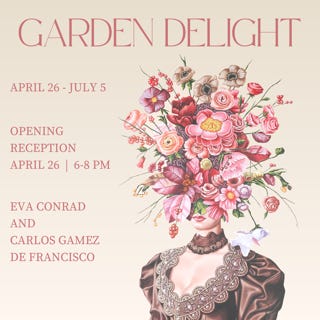How lucky am I to live in Sewickley, Pennsylvania—where I can open a gallery, hang beauty on the walls, and welcome neighbors into a space of peace and creativity.
This isn’t by chance. It’s because of those who came before us—our ancestors, fathers, mothers, brothers, and sisters—who fought for peace and freedom. The kind still being fought for today by our Ukrainian neighbors across the globe.
On April 26, 1937, the market town of Guernica in northern Spain was bombed. It was a Monday—market day—and the town square was full of civilians. Women shopping for bread. Children tagging along. No military targets. No warning. Just a sudden roar from above as Nazi German and Italian Fascist warplanes, supporting Spanish dictator Francisco Franco, unleashed a firebombing campaign that flattened the town in three hours.
Guernica had deep symbolic value. It was the cultural heart of the Basque region—staunchly anti-fascist and fiercely independent. Franco wanted to break the spirit of resistance. Hitler, meanwhile, used it as a testing ground for Blitzkrieg—a new, brutal model of total war. The destruction was deliberate, its message clear: no one is safe, and no one will be spared.
The world was horrified. So was Pablo Picasso.
He had already been commissioned by the Spanish Republican government to create a mural for the 1937 Paris International Exposition. But the bombing changed everything. He scrapped his original concept and began sketching frantically, channeling the outrage of the world into one immense, anguished canvas. Within weeks, Guernica was born.
The painting is massive—nearly 25 feet wide—and painted entirely in black, white, and gray, like a newspaper brought to life. There are no borders in the image. No uniforms. Just chaos. A bull looms over the scene. A horse screams in agony, pierced by a spear. A mother cries out with her lifeless child in her arms. A figure burns. A lightbulb glares down, equal parts divine eye and aerial bomb.
Guernica does not offer resolution. It offers witness.
As Americans—especially those born after the Second World War—we are fortunate to view paintings like this from a distance. In our gallery, we focus on contemporary artists whose work offers comfort, beauty, and a sense of place. These works reflect a world where joy is possible, where healing is in progress.
But we have that privilege because of what others endured. And Picasso’s Guernica reminds us of that inheritance.
It also reminds us that peace is not permanent.
Today, as Ukraine fights for its survival against the aggression of Vladimir Putin, the story of Guernica feels painfully familiar. Once again, a sovereign people face bombs falling from the sky. Once again, civilians become the front line. Once again, art must rise to meet the moment—not always with beauty, but with truth.
“Mostly Sunny,High 76” by Bill Vrscak. Watercolor on paper. Courtesy of Mark Rengers Gallery.
In contrast to Guernica’s anguish, artists like Bill Vrscak offer us peaceful urban intersections, sunlight on rooftops, quiet sidewalks. Mostly Sunny isn’t just a painting—it’s a possibility. It reflects what can exist when peace holds. And it’s exactly the kind of work we champion at Mark Rengers Gallery: hopeful, rooted, reflective of our best selves.
Guernica wasn’t made to comfort—it was made to remember. To protest. To warn.
And in our quiet gallery, surrounded by color and care, we carry that legacy forward. We celebrate beauty because we know what the absence of peace looks like. We support artists who bring light, but we remember the shadows.
Because Guernica is not just history. It’s a mirror. And sometimes, a megaphone.
Upcoming at the Gallery: Garden Delight
If Guernica reminds us of why art must sometimes protest, our upcoming exhibition, Garden Delight, reminds us of why it can also heal, uplift, and delight. This show is a celebration of renewal, growth, and beauty in both the natural and human spirit.
Visit the exhibit page to learn more:
Garden Delight – Mark Rengers Gallery
Stay tuned—I’ll be sharing a conversation soon on Substack with one of our featured artists, Carlos Gamez de Francisco, whose imaginative, floral-rich paintings bring a surreal elegance to the exhibit. His reflections on history, identity, and visual storytelling are not to be missed.
Resources & Further Reading
Museo Reina Sofía's Official Page on Guernica: Explore detailed information about Picasso's masterpiece directly from the museum where it's housed.
The Guardian's Archive on the Bombing of Guernica: Access historical articles and firsthand accounts from 1937, providing contemporary perspectives on the tragic event.
The Art Newspaper's Article on the Guernica Tapestry at the UN: Learn about the history and significance of the tapestry replica of Guernica displayed at the United Nations.




